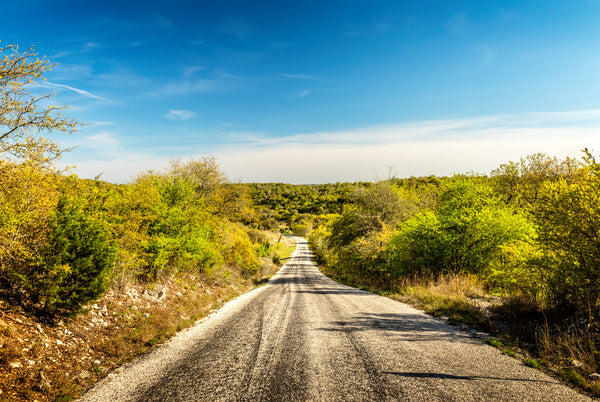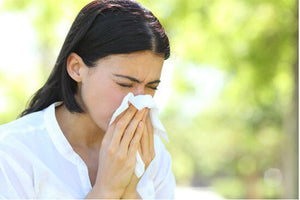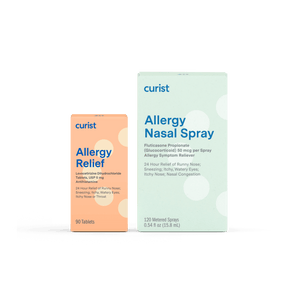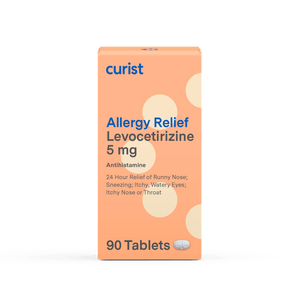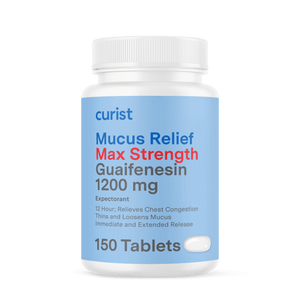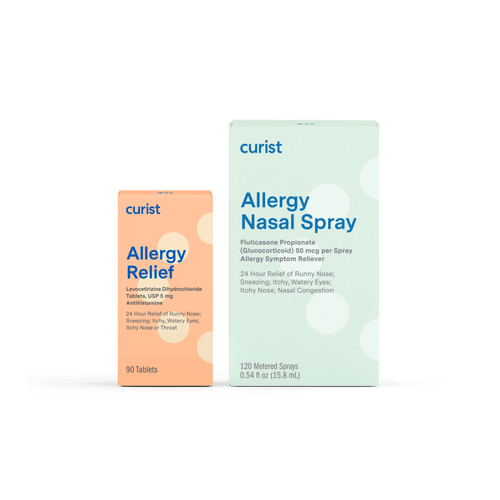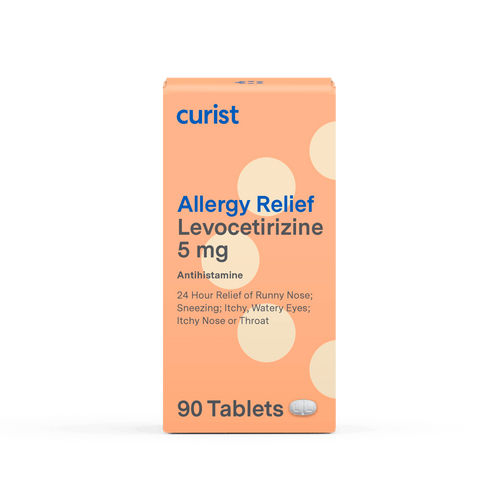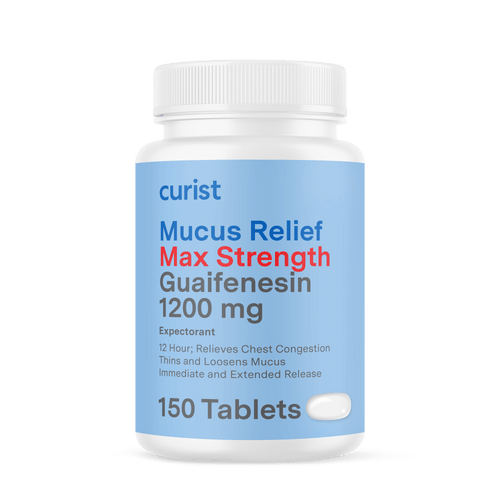by Dr. Marc Goldstein, MD, Curist Allergy Advisor
Curist delivers over-the-counter medicines to your door at a fraction of the price of traditional brands. We hope everyone stays safe and healthy during this time.
What is Texas Cedar Fever Allergy?
Every December, Texans experience allergy symptoms the rest of the country perhaps doesn’t even know about. People refer to it as “cedar fever,” and it results from the heavy pollen release from a type of juniper tree called mountain cedar.
They say, “Everything’s bigger in Texas” and, sure enough, mountain cedar trees generate some of the highest concentrations of pollen of any plant. Cedar pollen clouds can spread out over entire cities, traveling over 100 miles on dry, windy days.
What Are Common Symptoms of Cedar Fever Allergy?
As a result, many Texans are exposed to cedar pollen every year during peak pollination seasons (December, January, and February). At least 25 percent of Central Texans experience allergic reactions during this time. Despite the deceptive name Cedar Fever, there is no fever associated with cedar allergies. The most common symptoms include:
- Runny nose
- Itchy and watery eyes
- Nasal blockage
- Coughing
- Sneezing
Meanwhile, additional reported symptoms of Cedar Fever include:
- Fatigue
- Mild headache
- Facial / sinus pressure
- Sore and/or itchy throat
- Partial loss of smell
- Sensation of ear plugging
Allergy doctors point out that, if you are experiencing muscle aches and fever, you may have an infection and should see a doctor to help determine if you have an infection, allergies, or both.
Tips to Know When Saddling Up For a Showdown With Cedar Fever
If you’re a Texan who is saddling up for a showdown with cedar pollen season, here’s some helpful advice that can help you stay on your horse...unless, of course, you’re allergic to horses, in which case, read our blog post on animal allergies!
The two main categories to explore when it comes to Cedar Fever are (1) preventing symptoms before they start and (2) reducing exposure to cedar pollen.
What Are the Best Allergy Medicines for Cedar Fever Allergy Relief?
Allergists agree that the best chance at cedar allergy relief is to take daily medicine (nasal steroid sprays) about one to two weeks before symptoms start (late November or early December). People with mild, sporadic allergy symptoms, however, may opt to take medication on an as-needed basis.
The first line of defense to treat severe symptoms that many allergy specialists recommend are nasal steroid sprays and antihistamines, both of which are available in over-the-counter (non-prescription) and prescription forms. Allergists typically recommend that you try non-prescription treatment, then see an allergist for a prescription if you don’t feel sufficient relief.
Best Allergy Nasal Sprays to Treat Cedar Fever
Nasal steroid sprays are medicines that help you breathe through your nose by reducing inflammation. Spraying your nasal mucous membranes reduces inflammation in the nose which reduces congestion and sinus pressure. Two of the leading sprays to consider are:
- Fluticasone (brands Flonase and Curist)
- Mometasone (common brand-name Nasonex) - only available with a prescription
Best OTC Antihistamines to Treat Cedar Fever
Antihistamines treat allergy symptoms like itching, sneezing, itchy eyes, itchy nose, runny nose, and itchy throat. Antihistamines can also help with itching associated with skin rashes like hives and eczema. They can be taken everyday to keep symptoms under control and are considered safe for daily use. Consider using the newer non-sedating or minimally sedating antihistamines, like:
- Curist Allergy Relief (levocetirizine) - a third-generation antihistamine, which less drowsy side-effects than Zyrtec
- Zyrtec (cetirizine) - a second-generation antihistamine which drowsy side effects for some people
- Claritin (loratadine) - a second-generation antihistamine
- Allegra (fexofenadine) - a second-generation antihistamine
The Best Cedar Fever Allergy Medicine Kit
At Curist, we work with a team of allergy specialists to curate our line of FDA-approved allergy medicine. Many allergists recommend taking the medicines in our Cedar Fever Allergy Kit for a powerful one-two punch to treat the symptoms of cedar allergies. The Cedar Fever kit includes an allergy nasal spray (fluticasone) and an antihistamine (levocetirizine) which work to treat cedar fever allergies.
Natural, Drug-Free Cedar Fever Allergy Tips to Reduce Cedar Pollen Exposure
If you haven’t yet begun experiencing symptoms this season -- or even if you have -- it’s always a good idea to protect yourself in advance. Some simple measures can go a long way in keeping cedar pollen out of your system.
- Wash your eyebrows. It sounds odd, but microscopic pollen grains cling to eyebrows and skin. This makes your eyes vulnerable, every time you go outdoors. Make a habit of washing this area after being outside to protect your eyes.
- Wash your hair and pillowcases. Before going to bed, wash your hair to avoid spreading mold spores and pollen grain all over your face while you sleep. Hair is a magnet for pollen, and pillows are no place for pollen.
- Switch to disposable contact lenses. The idea is to prevent allergens from building up on the same pair of daily lenses, and then sitting against your eye. Especially during peak pollen season, even consider switching to eyeglasses.
- Keep windows closed in your car and home, and change air filters often. The less pollen in the indoor air, the less you breathe. Make sure your car and home are not circulating pollen, which quickly builds up on air filters.
- Watch the cedar pollen count. By staying aware of the cedar pollen count in your area, you may be able to avoid being outdoors on particularly heavy pollen days.
- Do not dry laundry outdoors. This collects cedar pollen on your clothes.
- Use an air cleaner. Especially important in your bedroom, an air cleaner can remove cedar pollen and other pollutants from the air in your home.
Hopefully, these allergy tips will help keep Central Texans from sneezing and wheezing during cedar pollen season. And if you’re new to or passing through Central Texas and it’s your first rodeo, Remember the Alamo...or, rather, the antihistamines. For additional tips, check out Outdoor Allergy Tips: Enjoy Your Picnic Allergy Free.
